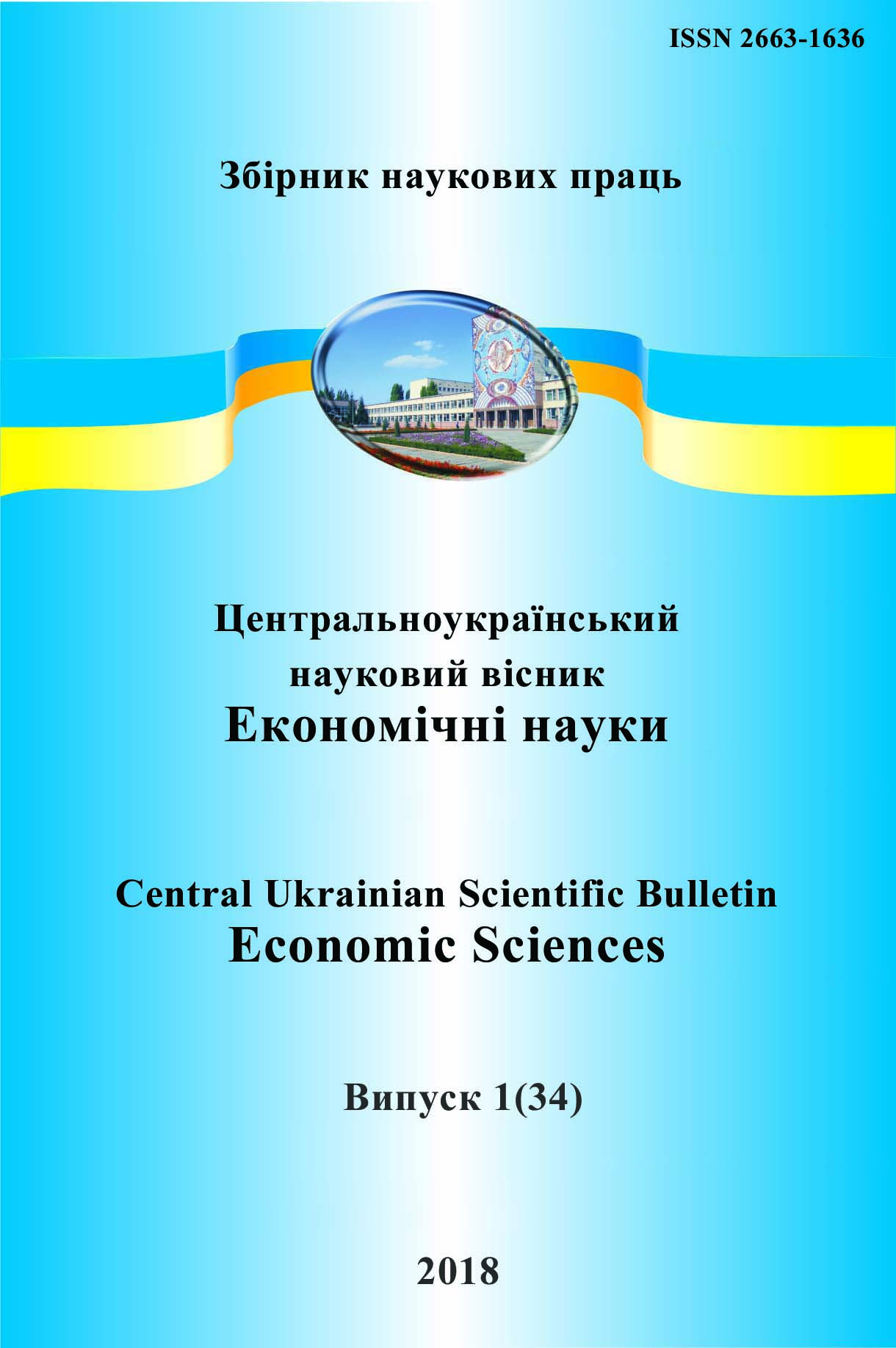Світовий досвід функціонування таргетинг-центрів в контексті
забезпечення митної безпеки
Worldwide Experience of Targeting Centers in the Context of Customs Security
Author(s): Vitalіy Turzhanskyi, Igor NestoryshenSubject(s): Economy, National Economy, Business Economy / Management, ICT Information and Communications Technologies, Socio-Economic Research
Published by: Центральноукраїнський національний технічний університет
Keywords: targeting; customs security; system of analysis and customs risk management
Summary/Abstract: In the conditions of the formation of an integrated system for the implementation of the state customs business, the issue of securing the implementation of international trade becomes especially urgent. Realization of this task is possible only with the use of modern customs control instruments and the formation of an adequate customs information environment through the use of prior information. At the same time, targeting, based on the use of risk profiles and other information and enforcement measures, for the selection of passengers, vehicles and goods requiring additional inspection, is increasingly popular. The article investigates the foreign experience of the operation of targeting centers in the implementation of customs control in order to ensure customs security. The essence of targeting, main types of tasks of the target-centers and the possibility of their introduction into the activity of the State fiscal service of Ukraine are determined. It has been established that targeting is a modern tool for customs control, which creates the preconditions for the rapid processing of large volumes of information on goods, passengers and vehicles moving through the customs borders of the countries, and also allows to depart from the practice of intuitive selective selection of in-depth inspection object. Targeting centers provide better risk assessment capabilities across the entire range of border and customs functions, management and integration of information databases, coordination of intelligence and operational activities, and contributes to the overall effective implementation of the concept of integrated border management. The reasons for their creation in each country are different; they do not have a clear set of functions. Targeting Centers have made it possible to improve: management and data synthesis; application of the approach to the assessment and definition of objects for verification, which is coordinated at the national level; coordination of activities for the collection of operational data and operational activities; as well as the possibility of integrated border risk management across the entire border sector. The authors study the peculiarities of the operation of targeting centers in Canada, Finland, New Zealand, Germany, USA, China, Brazil and Australia. Overall, the analysis of the functioning of the targeting centers has led to the conclusion that they provide countries with additional benefits by improving the management and synthesis of information; more effective use of the approach to risk assessment and definition of facilities for national level coordinated verification; the expansion of the link between activity for the collection of operational data and operational activities; and a more coordinated approach to border risks and more effective achievement of national boundary management objectives. Thus, the functioning of targeting centers intensifies the effect of interagency interaction, in particular, in the implementation of the state customs business and raises national security to a much higher level of protection of the economic interests of the country. It is established that the introduction of the latest information risk-oriented tools taking into account the foreign experience of the operation of the targeting centers can bring Ukraine closer to the best practice in customs procedures in the context of their simplification and customs security.
Journal: Центральноукраїнський науковий вісник. Економічні науки
- Issue Year: 2018
- Issue No: 1 (34)
- Page Range: 40-48
- Page Count: 9
- Language: Ukrainian

